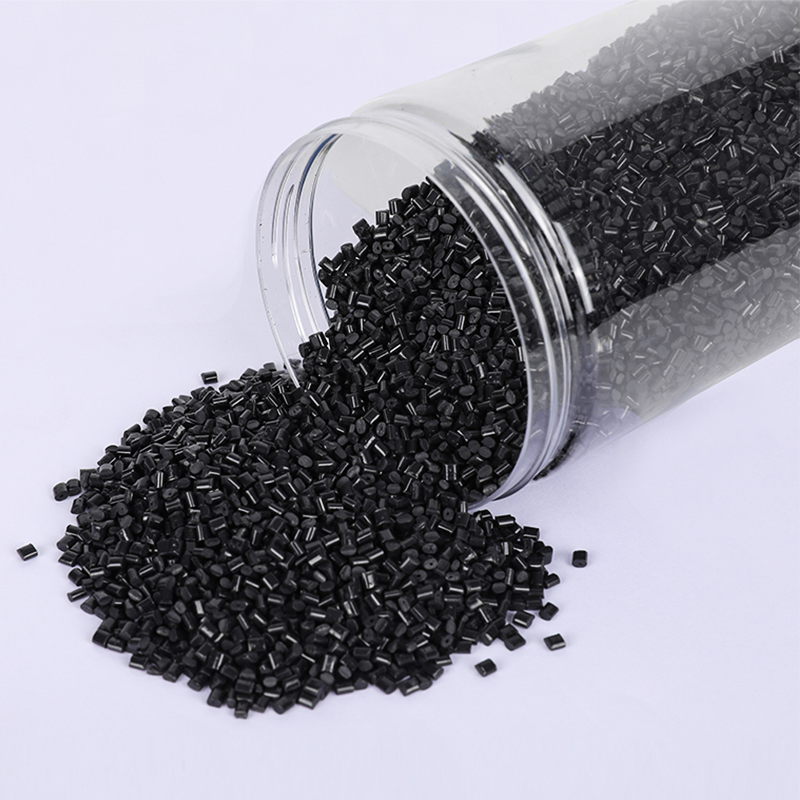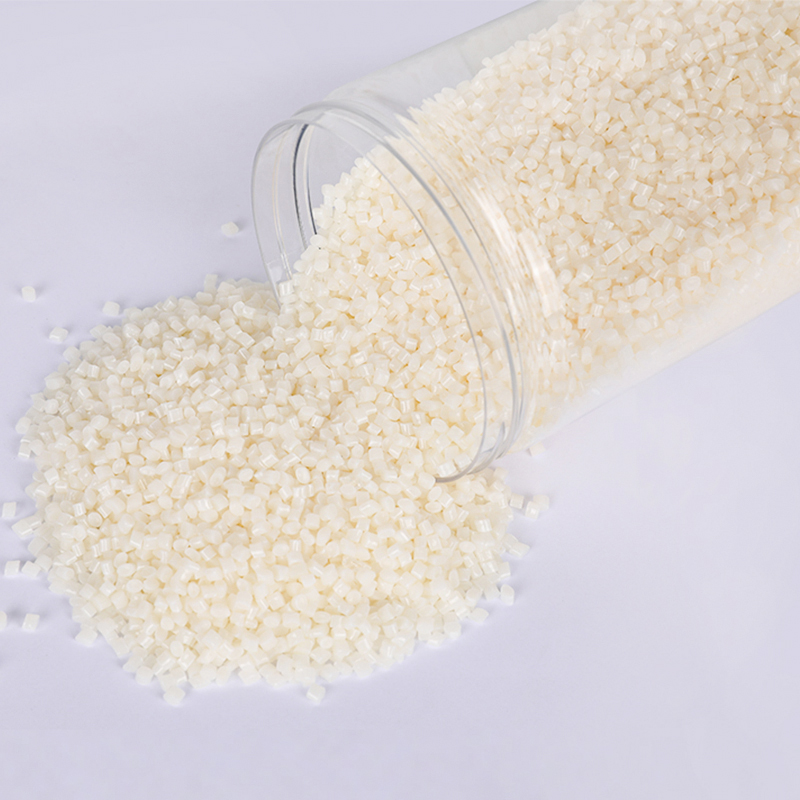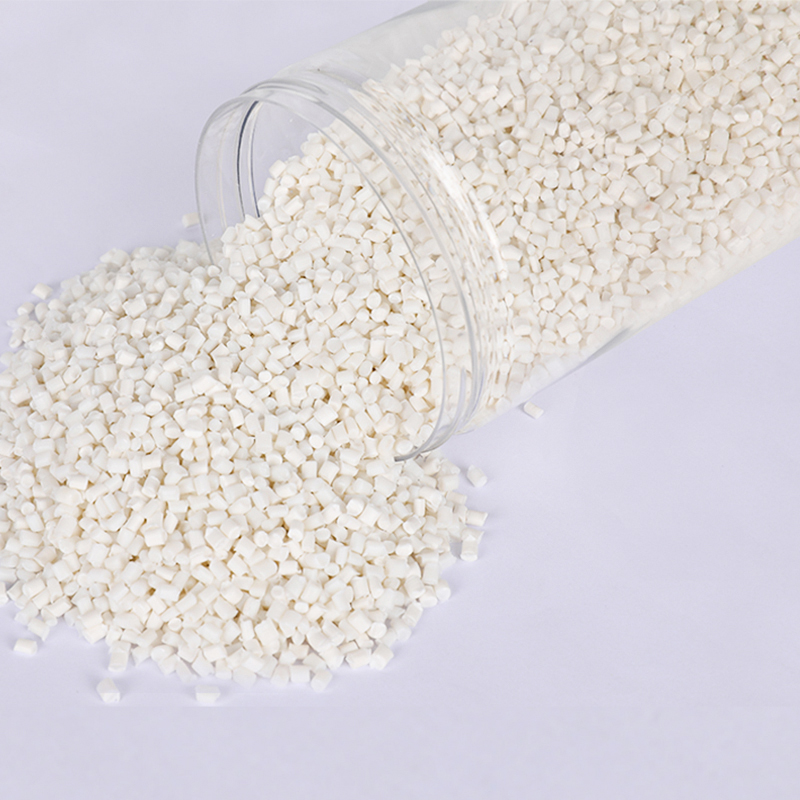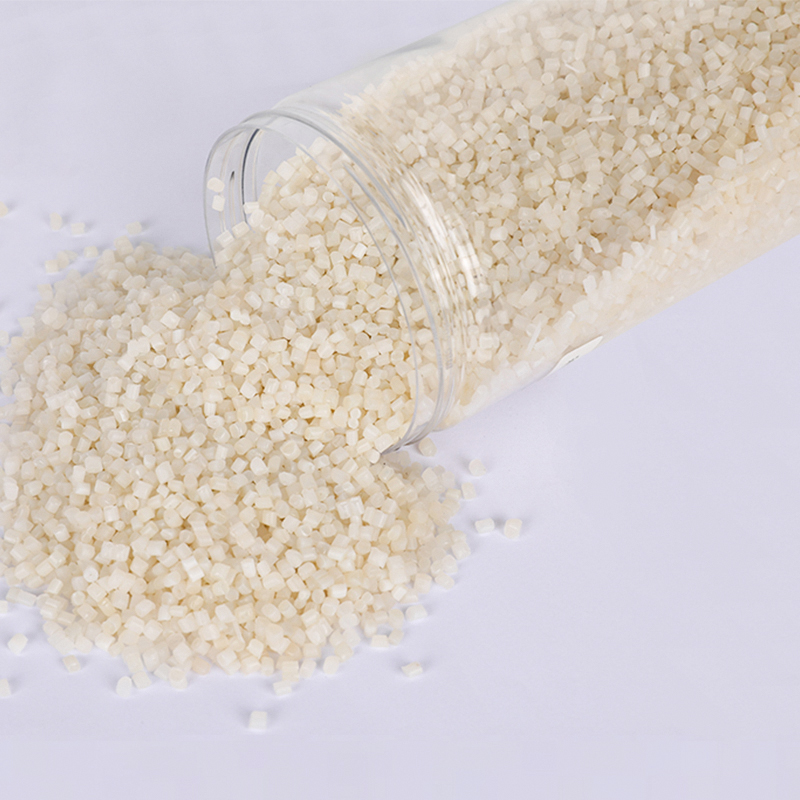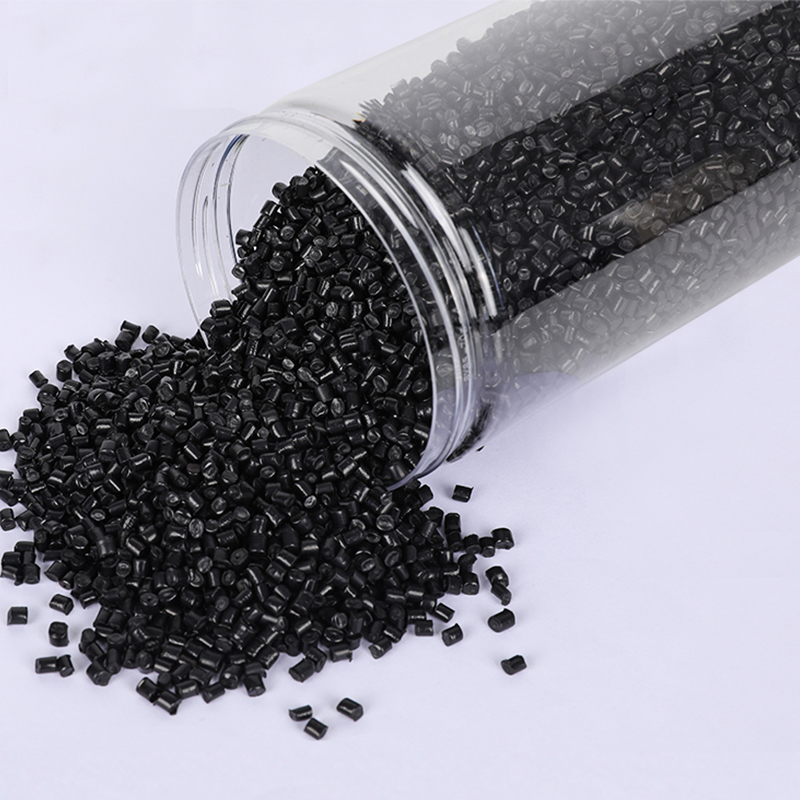Stay up to date with our recent products
Web Menu
Product Search
Exit Menu
Is Resin the Same as Plastic? A Deep Dive into Materials Science
In the world of materials science, the terms "resin" and "plastic" are often used interchangeably, particularly in consumer products. However, while they are related, they are not identical. Understanding the difference between resin and plastic requires exploring their chemistry, physical properties, manufacturing processes, and applications. This article provides a comprehensive analysis of these materials to clarify their distinctions and overlaps.
1. Definitions and Origins
Resin: A Broader Category
"Resin" historically refers to sticky organic substances secreted by plants—natural resins like pine pitch or amber. In modern industry, however, "resin" primarily denotes the base substance used in the creation of synthetic materials, especially plastics, adhesives, and coatings.
Types of resins:
Natural resins: Exuded by trees (e.g., rosin, copal, amber).
Synthetic resins: Created through chemical processes. These are further categorized into:
Thermosetting resins: Cure irreversibly (e.g., epoxy, phenolic, melamine).
Thermoplastic resins: Soften when heated, can be remolded (e.g., polyethylene, polypropylene).
Plastic: A Product of Resin
Plastic is a finalized material made by polymerizing synthetic resins and adding stabilizers, fillers, colorants, and plasticizers. Plastics are typically divided into:
Thermoplastics: Melt and remold repeatedly (e.g., PET, PVC, ABS).
Thermosets: Harden permanently after one curing process (e.g., epoxy, bakelite).
In essence, plastic is a form of resin, but not all resins are plastics.
2. Chemical Structure and Processing
Resin Chemistry
Resins are typically pre-polymer compounds, meaning they consist of monomers or short-chain oligomers that are ready to undergo polymerization. They often require catalysts, hardeners, or UV light to cure or set into a solid form.
Plastic Chemistry
Plastics are fully polymerized materials—long chains of monomers chemically bonded. The addition of functional chemicals gives plastics their characteristic properties: flexibility, durability, UV resistance, etc.
| Feature | Resin | Plastic |
| Chemical form | Pre-polymer or low polymer | Fully polymerized compound |
| Stability | Reactive or semi-stable | Chemically stable |
| Curing process | Needs hardener/UV/heat | Usually thermally molded |
| Final form | Solid, hard, or adhesive | Rigid, flexible, or soft shapes |
3. Manufacturing and Applications
Resins in Manufacturing
Resins are often used as input materials in:
Epoxy adhesives and structural coatings
Casting materials for jewelry and art
3D printing (especially SLA and DLP resins)
Composites (e.g., fiberglass uses resin to bind fibers)
Plastics in Manufacturing
Plastics are processed through extrusion, injection molding, blow molding, and more to create:
Consumer goods (bottles, toys, containers)
Automotive parts
Medical devices
Textiles (e.g., polyester)
While resins are involved in chemical transformation, plastics are about shaping and forming a chemically stable material.
4. Physical and Mechanical Properties
Property Resin Plastic
Brittleness Often brittle when cured Can be engineered for flexibility
Thermal resistance High in thermosets, low in others Varies widely by type
UV resistance Generally poor without additives Engineered variants have better UV resistance
Mechanical strength Strong (especially in composites) Can be strong, lightweight
Resins (like epoxies) tend to have superior adhesive and chemical bonding properties. Plastics, however, are engineered for mass production, durability, and ease of use.
5. Environmental Impact
Resins
Many synthetic resins are derived from petrochemicals and are not biodegradable. Epoxy, polyester, and polyurethane resins pose challenges in recycling and disposal. However, new bio-based resins (from lignin, soy, etc.) are emerging as more sustainable alternatives.
Plastics
Conventional plastics like PET and polystyrene are environmental pollutants, persisting in landfills and oceans. Efforts toward recyclable plastics, bioplastics, and circular economy strategies are ongoing.
Key environmental differences:
Recyclability: Thermoplastics > Thermosets/Resins
Toxicity: Some resins release VOCs during curing
Degradation: Both can take hundreds of years to degrade without additives
6. Summary: Key Differences
| Aspect | Resin | Plastic |
|---|---|---|
| Category | Raw or semi-processed base material | Final product after polymerization |
| Flexibility in use | Needs curing/hardening | Can be directly molded/formulated |
| Chemical state | Reactive | Stable |
| Applications | Adhesives, coatings, composites | Packaging, containers, consumer goods |
| Environmental profile | Limited recyclability, emerging bio-options |
Plastic waste a major concern, some recyclable |
Conclusion
Resin and plastic are chemically and functionally related, but they are not the same. Resin is often the precursor to plastic and can also be used independently in specialized applications. Plastic is the product of resins and other additives that result in a stable, moldable, and versatile material.
Understanding their differences helps manufacturers choose the right material for applications ranging from aerospace to art—and helps consumers and regulators make better decisions for sustainability.
As China PCR Recycled Plastic Granules Factory, We always adhere to the experience and philosophy of "keeping up with the times, constantly innovating, developing efficiently, and cooperating for mutual benefit"

Address: No.11, Wangzhuang Section, Provincial Road 01, Daqiao New Area, Economic Development Zone, Haiyan County, Jiaxing City, Zhejiang Province, China
Phone: +86-18058285678
Fax: +86-0573-86868101
E-mail: [email protected]
SUNRISE GROUP(Overseas Exclusive Agent)
www.sunrisechemical.com
2024 ICIS Global Chemical Distributor Top 8
Export Sales Manager:Helen Zhang
Mob/Whatsapp: +86 19883063465
Email: [email protected]
Copyright © Jiaxing Anyiju Plastic Industry Co., Ltd. All Rights Reserved

 简体中文
简体中文 English
English

